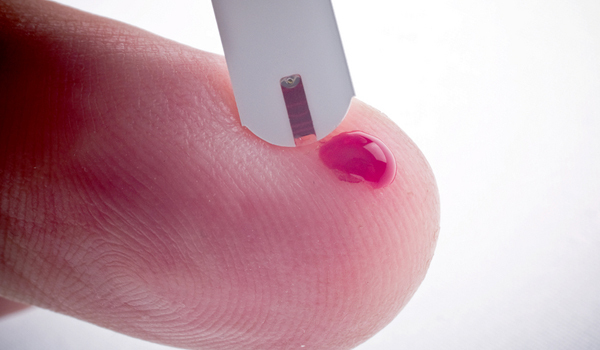Chemicals in Nail Polish, Hair Spray May Increase Diabetes Risk

A group of chemicals found in personal care products may raise the risk of diabetes, a new study suggests.
Women in the study with highest concentrations of these chemicals, called phthalates, in their bodies were more likely to have diabetes than women with lowest concentrations, the researchers said.
Phthalates are found in a variety of products, including nail polish, hair sprays, soaps and shampoos.
There was also a link between high concentrations of phthalates and insulin resistance among women who did not have diabetes. (Insulin resistance is often a precursor to Type 2 diabetes).
The findings suggest that phthalates could disrupt blood sugar metabolism, said study researcher Tamarra James-Todd, of Brigham and Women's Hospital's Division of Women's Health.
However, the researchers cautioned the study surveyed participants at only one point in time, and more research is needed that follows women over years to confirm the results.
Phthalates are present in certain medications and medical devices, and its possible women with diabetes have higher phthalate concentrations in their bodies due to the use of these medications or devices, James-Todd said.
Sign up for the Live Science daily newsletter now
Get the world’s most fascinating discoveries delivered straight to your inbox.
James-Todd and colleagues analyzed information from 2,350 women ages 20 to 80 who took part in the National Health and Nutrition Examination Survey, conducted by the Centers for Disease Control and Prevention, between 2001 and 2008. As part of the survey, participants underwent physical exams and provided urine samples.
Of the participants, 217 reported having diabetes.
Women who had the highest levels of two chemicals — mono-benzyl phthalate and mono-isobutyl phthalate — in their urine samples were nearly twice as likely to have diabetes as women with the lowest levels of those chemicals, the study found.
Women with moderately high levels of the chemicals mono-n-butyl phthalate and di-2-ethylhexyl phthalate had approximately a 70 percent increased risk of diabetes.
The findings held even after the researcher accounted for factors that could influence phthalate levels, such as the amount of calories of fat women consumed.
Previous studies in rats have found that exposure to certain phthalates increases blood glucose levels.
It's possible that phthalates indirectly increase the risk of diabetes by interfering with the metabolism of fat tissue, which can lead to insulin resistance, the researchers said.
"If future studies determine causal links between phthalates and diabetes, then reducing phthalate exposure could decrease the risk of diabetes in women," the researchers write in the July 13 issue of the journal Environmental Health Perspectives.
Pass it on: A new study links high concentrations of phthalates in the body with an increased risk of diabetes in women.
This story was provided by MyHealthNewsDaily, a sister site to LiveScience. Follow MyHealthNewsDaily @MyHealth_MHND. We're also on Facebook & Google+.










